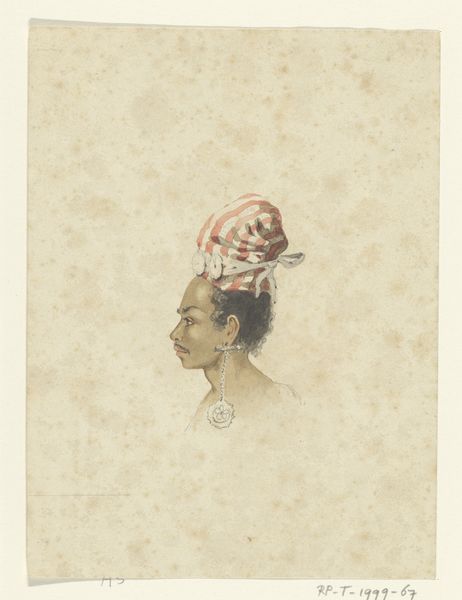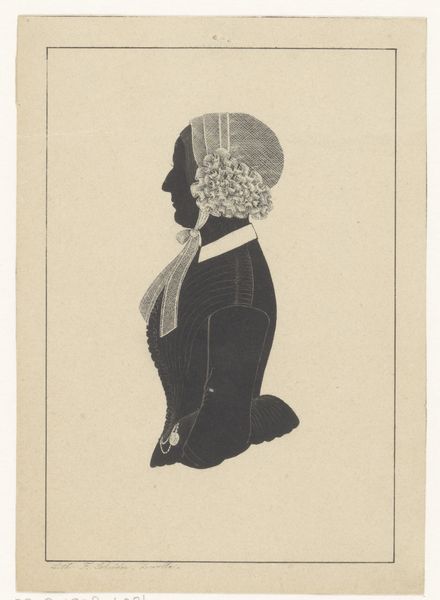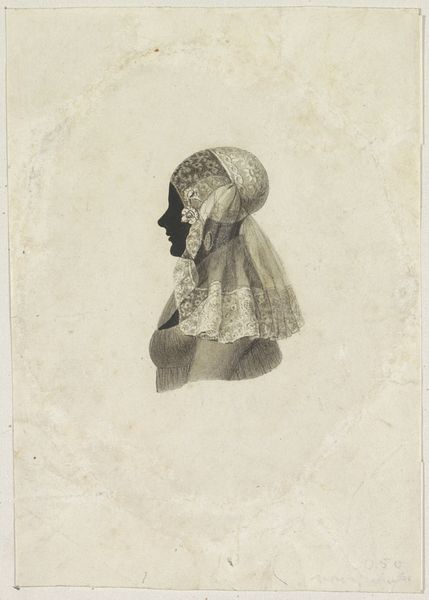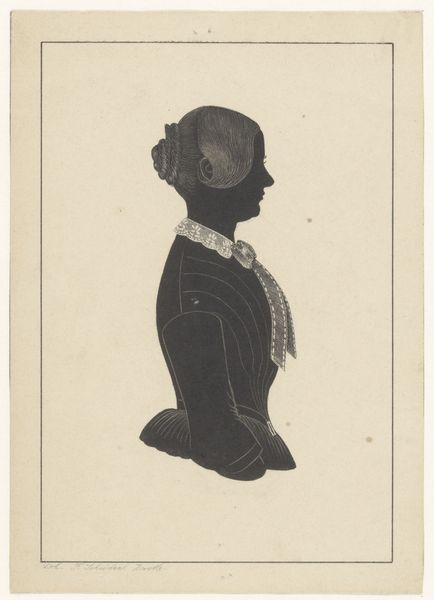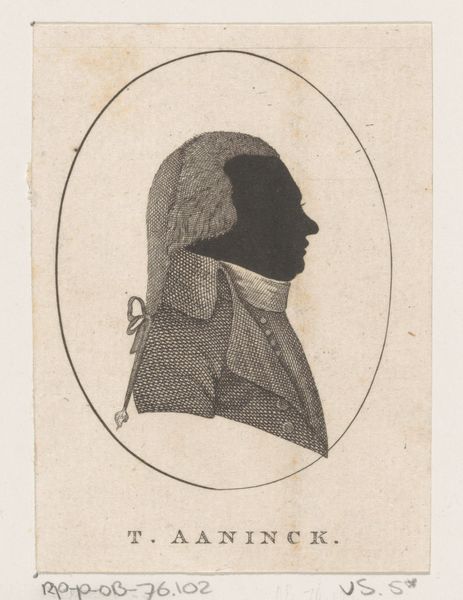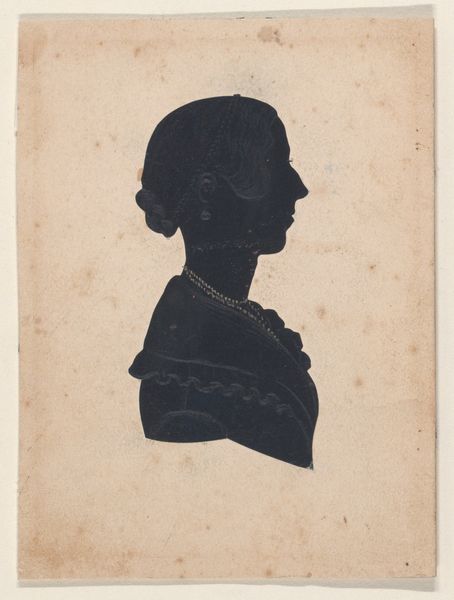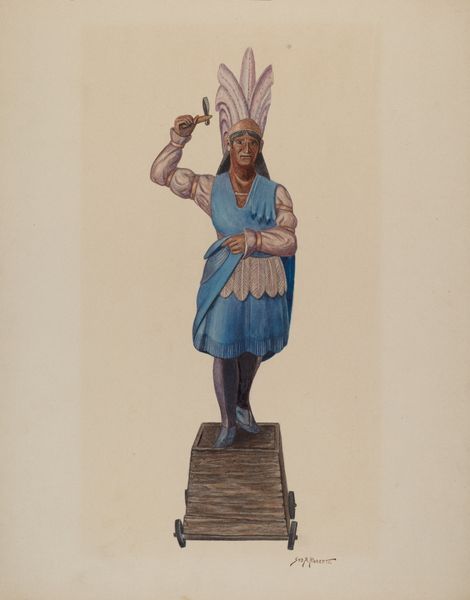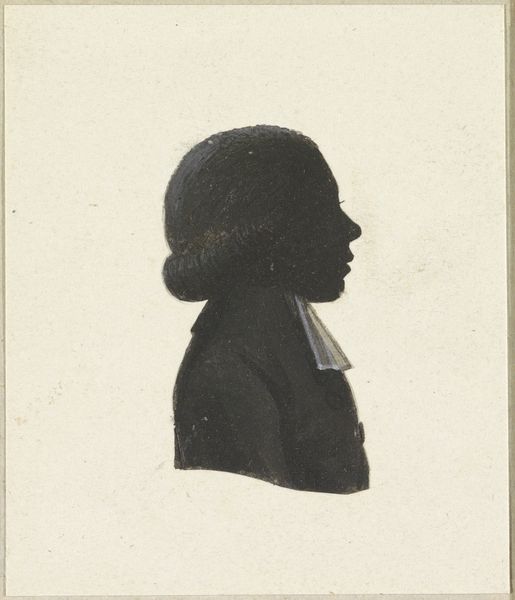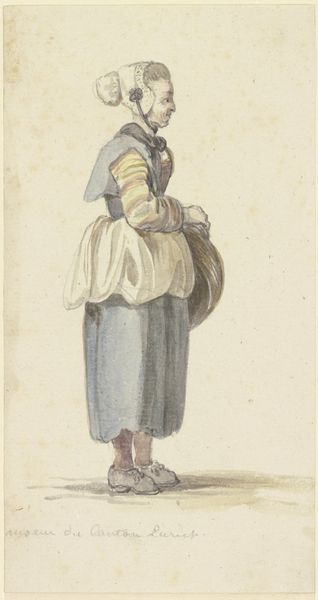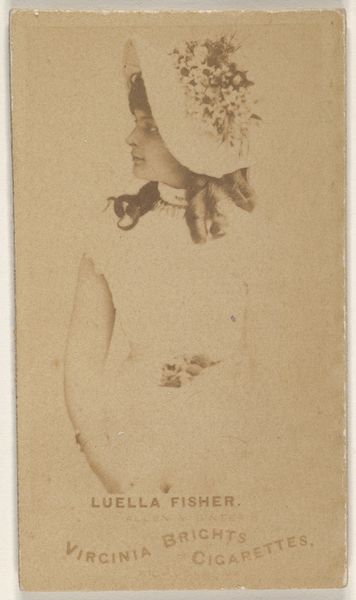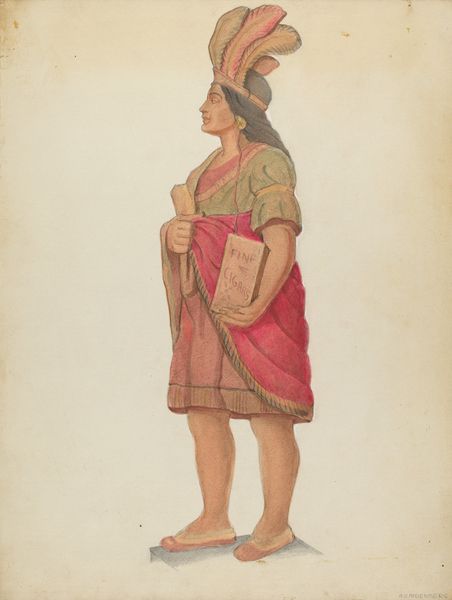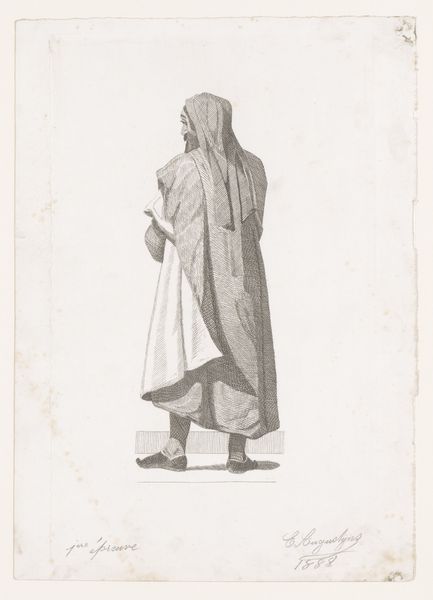
Portret van een man van de Aru eilanden, in profiel c. 1837 - 1854
0:00
0:00
watercolor
#
portrait
#
16_19th-century
#
indigenism
#
watercolor
#
orientalism
Dimensions: height 204 mm, width 153 mm
Copyright: Rijks Museum: Open Domain
Curator: Good morning. We're standing before "Portret van een man van de Aru eilanden, in profiel," or "Portrait of a man from the Aru Islands, in profile," a watercolor created sometime between 1837 and 1854. Editor: Instantly, there's a dreaminess to it, a kind of quiet contemplation. That soft color palette gives it such an ethereal quality, like looking back at a faded photograph. Curator: Indeed. This work offers insight into the fascination with different cultures during the 19th century, embodying elements of both indigenism and orientalism in its depiction. It's an attempt at a scientific record, reflecting the age of exploration and colonial expansion. Editor: But what an odd record! It's like capturing a fleeting thought rather than immutable truth. It feels posed, obviously, but the softness stops it feeling like a scientific document, but a...memory? Curator: A crucial element in understanding works such as this is context. Remember the public’s limited visual access to non-European people and places at the time, thus imbuing this kind of portrait with almost anthropological significance, although it falls into the complicated practice of representation by outsiders. Editor: I suppose so, it's about framing after all. Look how deliberately he's shown –the beautiful beads, the way the headdress drapes. There's a genuine attempt, even a loving gaze there, amongst all that. Is the pose then not only one created to highlight certain "ethnic" characteristics? I wonder how we are being framed right now. Curator: A vital point to note when viewing these artworks from the past, is considering our framing today. Our view must acknowledge that these depictions often came from a place of power, of observation rather than participation or understanding. It's why continued dialogue and critique are so critical. Editor: So it seems art like this makes you look into the heart of what art _is_ and what the image means. Thank you for revealing this complexity within an image so quiet. Curator: A necessary task, and my pleasure. Thank you.
Comments
No comments
Be the first to comment and join the conversation on the ultimate creative platform.
